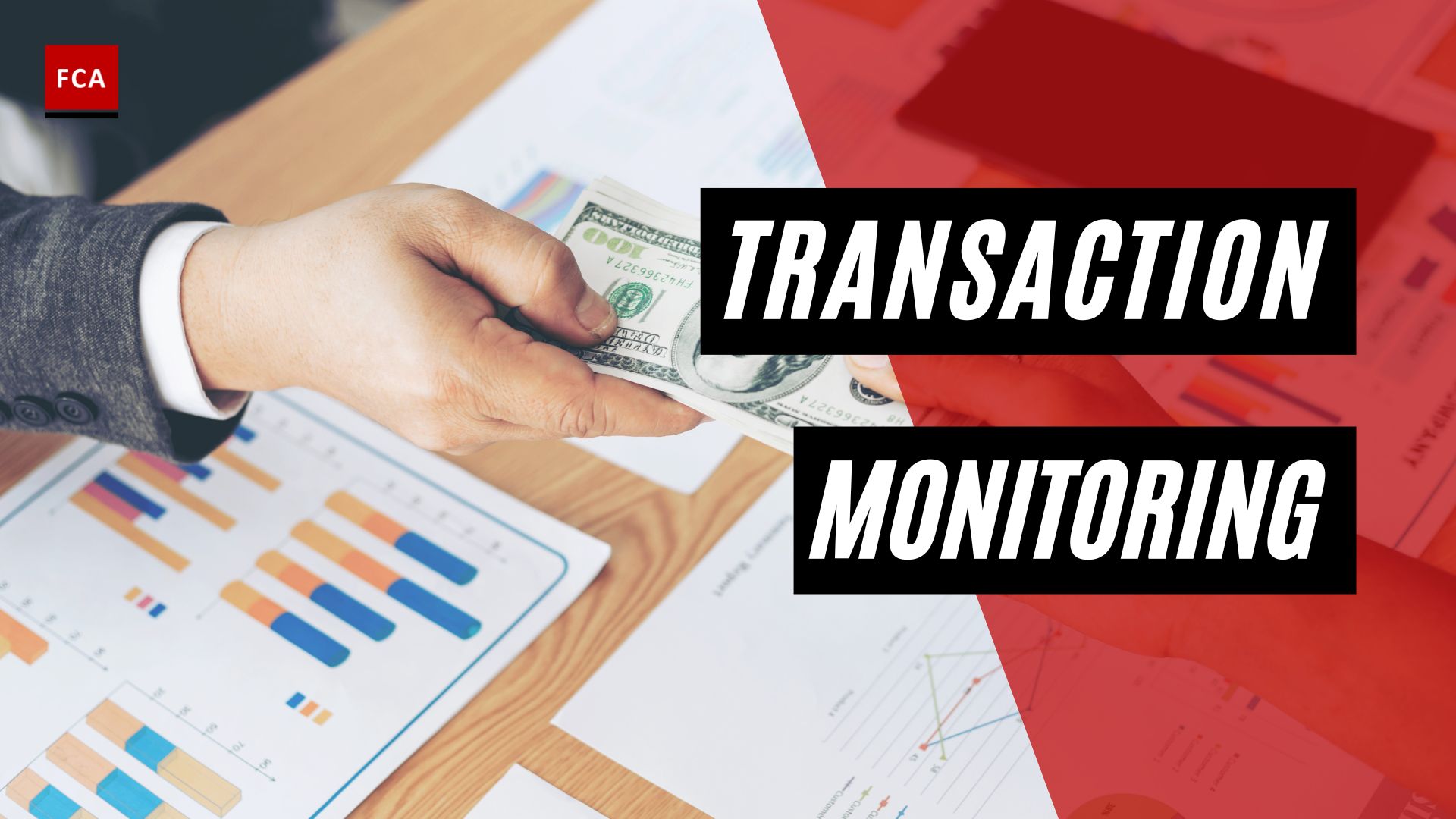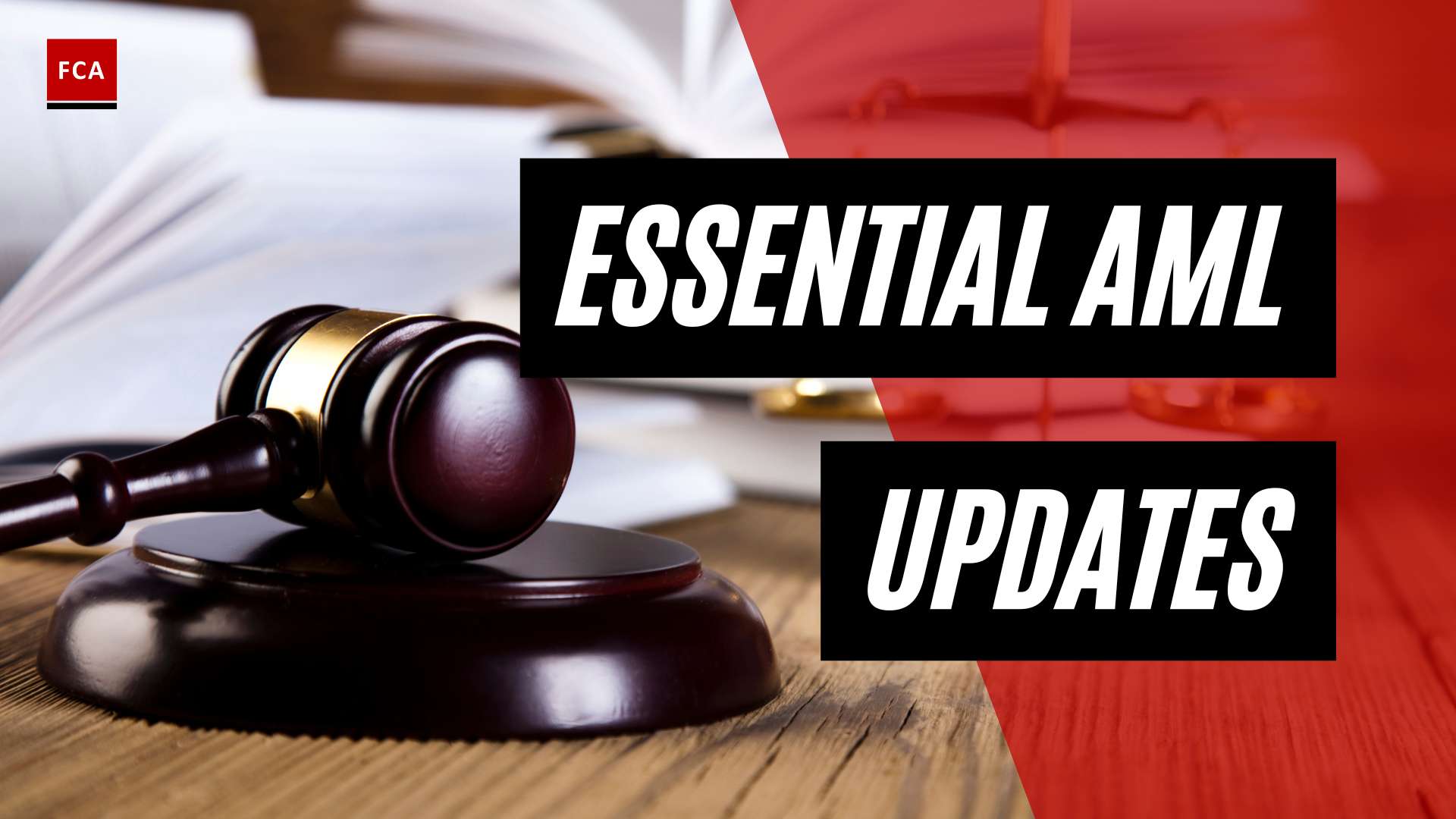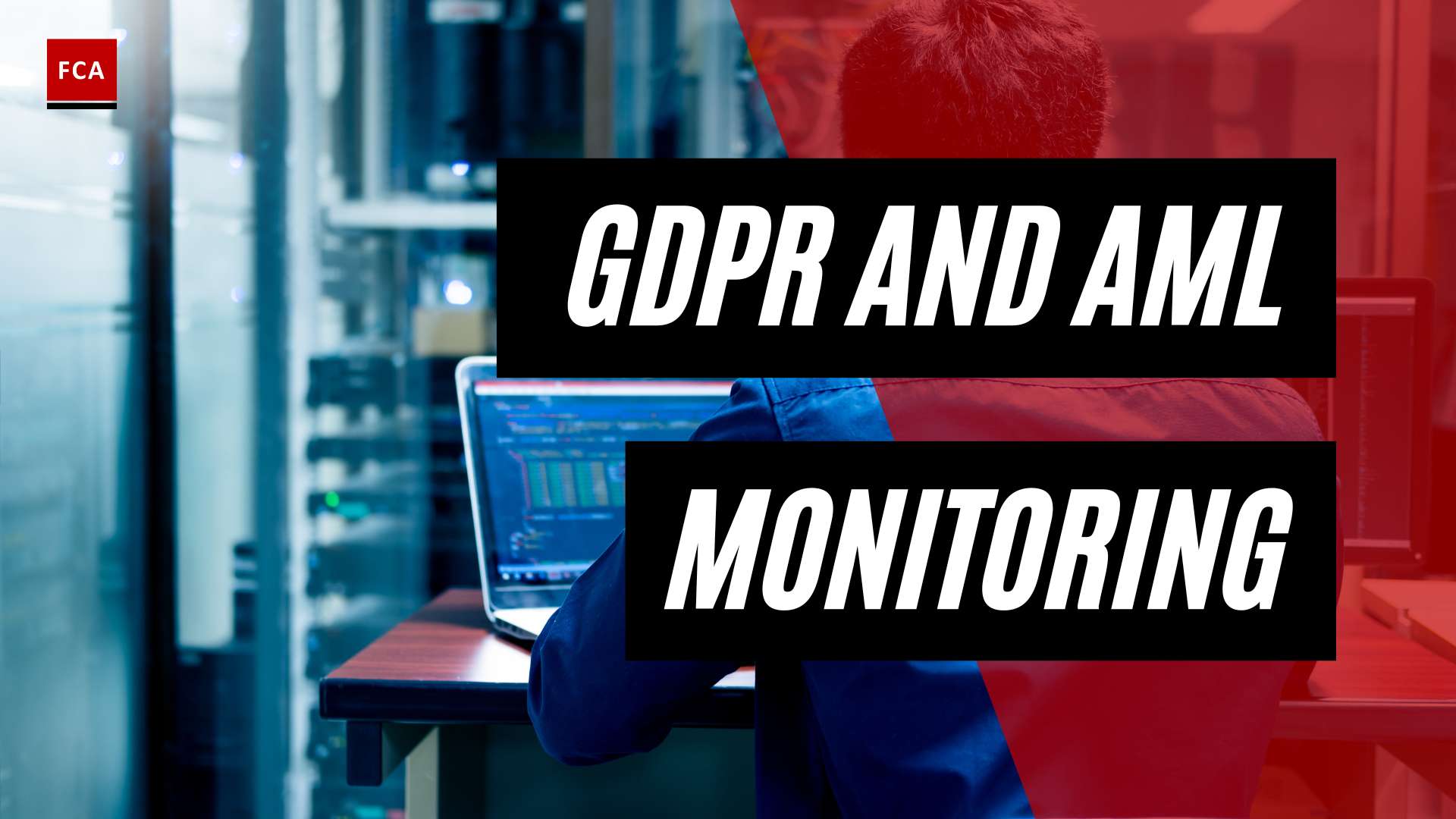Public-Private Partnerships in AML
In the fight against money laundering, public-private partnerships (PPPs) have emerged as a crucial component of effective anti-money laundering (AML) efforts. These collaborations between public entities and private sector organizations play a significant role in enhancing the overall effectiveness and efficiency of AML initiatives. By joining forces, they can leverage their respective strengths and resources to combat money laundering more effectively.
Enhancing AML Efforts through Collaboration
Public-private collaborations in AML bring together the expertise, technology, and data resources of the private sector with the regulatory and investigative powers of the public sector. This collaboration allows for a more comprehensive and holistic approach to combating money laundering. By combining their efforts, public and private entities can enhance their detection capabilities, improve risk assessments, and strengthen their overall AML strategies.
The private sector brings important resources to the table, such as advanced technology and vast amounts of data, which can significantly contribute to AML efforts (S&P Global Market Intelligence). Leveraging these resources through effective collaboration with public entities is key to a successful AML strategy.
Importance of Information Sharing
Information sharing is a critical aspect of public-private partnerships in AML. The exchange of information between public and private entities allows for a more comprehensive understanding of money laundering risks and activities. It enables both sectors to identify emerging trends, patterns, and suspicious transactions more effectively.
However, challenges exist in information sharing due to regulatory and legal constraints. To facilitate smoother information exchange and collaboration, these challenges need to be addressed. Developing frameworks that encourage greater cooperation between public and private sectors is crucial. Clear guidelines and improved communication channels can enhance the effectiveness of AML initiatives (S&P Global Market Intelligence).
By establishing effective public-private partnerships and fostering a culture of collaboration, AML efforts can benefit from the collective expertise, resources, and insights of both the public and private sectors. This collaboration leads to enhanced detection capabilities, improved risk assessments, and ultimately, more effective measures to counter money laundering and terrorist financing.
In the next sections, we will explore the challenges and solutions in public-private collaboration, successful models, benefits, and examples of public-private partnerships in AML.
Challenges and Solutions in Public-Private Collaboration
Collaboration between public and private sectors in the fight against money laundering poses several challenges that need to be addressed for effective public-private partnerships in anti-money laundering (AML). Some of these challenges include regulatory and legal constraints, as well as the need for developing effective frameworks and guidelines for collaboration.
Addressing Regulatory and Legal Constraints
One of the primary challenges in public-private collaboration in AML is navigating regulatory and legal constraints. There may be limitations on the sharing of sensitive information between public and private entities due to data protection and privacy laws. These constraints can hinder the effective exchange of information necessary for combating money laundering.
To overcome these challenges, it is crucial to establish clear legal frameworks that enable information sharing while ensuring compliance with relevant regulations. Authorities and policymakers need to work together to strike a balance between safeguarding privacy rights and facilitating the necessary flow of information. Strengthening accountability and governance mechanisms can help build trust and ensure that the exchange of information is conducted in a responsible and lawful manner (S&P Global Market Intelligence).
Developing Effective Frameworks and Guidelines
To enhance the effectiveness of public-private collaboration in AML, it is essential to develop clear frameworks and guidelines. These frameworks should outline the roles, responsibilities, and expectations of both public and private entities involved. They should also establish effective communication channels and mechanisms for information sharing.
The European Commission provides guidance on public-private collaboration models in AML, emphasizing the importance of effective information sharing between public and private sectors (European Commission). These guidelines can serve as a reference for jurisdictions looking to establish or improve their collaboration efforts.
By establishing effective frameworks and guidelines, public and private entities can align their efforts, exchange information, and coordinate actions more seamlessly. This coordination can lead to enhanced detection capabilities, improved risk assessments, and more effective anti-money laundering measures (S&P Global Market Intelligence).
In conclusion, addressing regulatory and legal constraints and developing effective frameworks and guidelines are essential steps in strengthening public-private collaboration in AML. By overcoming these challenges, public and private entities can work together more efficiently and effectively in combating money laundering and countering the financing of terrorism.
Successful Models of Public-Private Collaboration in AML
In the fight against money laundering, public-private collaboration plays a crucial role in strengthening anti-money laundering (AML) efforts. Two successful models of public-private collaboration in AML are the European Central Bank’s Joint Money Laundering Task Force (JMLTF) and the role of the European Banking Authority (EBA).
The European Central Bank’s Joint Money Laundering Task Force
The European Central Bank (ECB) has taken significant steps towards enhancing AML efforts through its Joint Money Laundering Task Force (JMLTF). The JMLTF is a joint initiative between the ECB’s Single Supervisory Mechanism (SSM) and the industry, in close collaboration with the European Banking Federation (EBF) (European Commission).
The JMLTF serves as a platform for public and private sector entities to exchange knowledge, share best practices, and collectively address emerging AML challenges. By fostering open dialogue and collaboration, the JMLTF aims to enhance the effectiveness of AML measures and promote a coordinated approach in combating money laundering across the European Union.
The Role of the European Banking Authority
The European Banking Authority (EBA) is another key player in facilitating public-private collaboration in the AML and counter-terrorist financing (CTF) field. The EBA works closely with the European Forum of Supervisors of Anti-Money Laundering (EFS) to promote effective collaboration between public authorities and the private sector (European Commission).
The EBA encourages banks to exchange knowledge and data on AML and CTF with other banks and public authorities, recognizing the importance of industry cooperation and information sharing in combating money laundering (European Commission). By leveraging the expertise and resources of both the public and private sectors, the EBA aims to strengthen the AML framework and improve the effectiveness of AML measures across the European Union.
These successful models of public-private collaboration in AML demonstrate the importance of fostering partnerships between public authorities and the private sector. By working together, sharing knowledge, and leveraging resources, these collaborations enhance the detection capabilities and improve risk assessments in the fight against money laundering and terrorist financing.
Public-private collaboration is essential in addressing the evolving challenges of money laundering. To explore more examples of public-private partnerships in AML and understand the benefits and challenges of such collaborations, continue reading our article on public-private partnerships in anti-money laundering.
Benefits of Public-Private Collaborations in AML
Public-private collaborations in anti-money laundering (AML) efforts offer several benefits, including enhanced detection capabilities and improved risk assessments. By leveraging the strengths and resources of both sectors, these partnerships contribute to more effective and efficient AML efforts.
Enhanced Detection Capabilities
One of the key benefits of public-private collaborations in AML is the enhanced detection capabilities that result from the combined efforts of both sectors. The private sector, with its access to innovative technologies and vast amounts of data, brings valuable resources to the table. By collaborating with public entities, such as law enforcement and regulatory agencies, the private sector can contribute to the development and implementation of sophisticated systems and tools for detecting and preventing money laundering and other financial crimes.
Through information sharing and collaboration, public and private entities can identify patterns, trends, and anomalies that may indicate potential money laundering activities. By combining their expertise, data analysis capabilities, and industry knowledge, these partnerships enable the identification of complex and evolving money laundering schemes that may have otherwise gone undetected.
Improved Risk Assessments
Another significant benefit of public-private collaborations in AML is the ability to improve risk assessments. Risk assessment is a critical component of effective AML strategies, as it helps identify high-risk individuals, entities, and transactions that require closer scrutiny. Through collaboration, public and private sectors can share insights, expertise, and data to develop more comprehensive and accurate risk assessment models.
By leveraging the industry-specific knowledge and experience of the private sector, public entities can gain a deeper understanding of emerging risks and vulnerabilities in various sectors. This knowledge can inform the development of targeted risk assessment frameworks and guidelines, enabling more effective identification and mitigation of money laundering risks.
Furthermore, public-private collaborations facilitate the development of sector-specific typologies and red flag indicators. These indicators assist both public and private entities in identifying suspicious activities and transactions specific to their respective sectors. By working together, public and private sectors can enhance their risk assessment capabilities and strengthen the overall effectiveness of AML efforts.
In conclusion, public-private collaborations in AML offer significant benefits, including enhanced detection capabilities and improved risk assessments. By pooling their resources, expertise, and data, public and private entities can strengthen their ability to detect and prevent money laundering activities. These collaborations contribute to more efficient and effective AML strategies, ultimately helping to counter money laundering and terrorist financing.
Examples of Public-Private Partnerships in AML
Public-private partnerships have become increasingly important in the fight against money laundering. These collaborations between government entities and private sector institutions have proven to be effective in enhancing anti-money laundering (AML) efforts. Here are two notable examples of successful public-private partnerships in the field of AML:
The Joint Money Laundering Intelligence Taskforce (JMLIT) in the UK
Established in 2015, the Joint Money Laundering Intelligence Taskforce (JMLIT) in the UK has become a model for effective public-private collaboration in combating money laundering. The JMLIT brings together law enforcement agencies, financial institutions, and other relevant organizations to share intelligence, knowledge, and expertise in identifying and preventing money laundering activities. According to White & Case, the JMLIT has supported and developed over 750 law enforcement investigations, resulting in more than 210 arrests and the seizure or restraint of more than £56 million.
The Anti Financial Crime Alliance (AFCA) in Germany
Germany established the Anti Financial Crime Alliance (AFCA) in September 2019 to facilitate cooperation between authorities and private sector institutions involved in preventing and combating money laundering. The AFCA has made significant strides in its first year of operation, more than doubling its membership to 36 organizations. It has also established working groups focused on different subjects, further promoting collaboration and information exchange within the AML landscape in Germany. The AFCA serves as a platform for coordination, knowledge sharing, and joint initiatives to strengthen AML efforts across various sectors of the economy, as reported by White & Case.
These examples highlight the effectiveness of public-private partnerships in AML. By leveraging the expertise, resources, and information-sharing capabilities of both the public and private sectors, these collaborations have demonstrated their ability to enhance detection capabilities, improve risk assessments, and contribute to more effective AML strategies.
To learn more about the benefits and challenges of public-private partnerships in AML, refer to our previous sections on benefits of public-private partnerships in AML and challenges of public-private partnerships in AML.
Role of the Private Sector in AML/CFT
In combating money laundering and countering the financing of terrorism (AML/CFT), the private sector plays a crucial role, contributing to policy development and the evolution of collaboration models with public entities. Their involvement is essential in the ongoing fight against financial crimes.
Contribution to Policy Development
The private sector is actively involved in the development of AML/CFT policies and measures. By leveraging their expertise and industry-specific knowledge, private entities contribute valuable insights to shape effective strategies for combating money laundering and terrorist financing. Their involvement ensures that policies align with industry needs while meeting regulatory requirements.
Private sector participation in policy development promotes a collaborative approach, bringing together diverse perspectives from financial institutions, technology companies, and other relevant industry players. This collaboration helps bridge the gap between public authorities and private entities, fostering a unified front against financial crimes.
Evolution of Collaboration Models
The evolution of public-private collaboration models in AML/CFT has led to a proliferation of partnership initiatives worldwide. These models continually adapt to the changing landscape of financial crimes, leveraging the expertise and resources of both the public and private sectors.
Effective collaboration models enable the exchange of information, joint investigation teams, and the development of typologies and red flag indicators specific to various sectors. By working together, public and private entities can identify emerging trends, share knowledge, and enhance their collective efforts in combating money laundering and terrorist financing.
The private sector brings important resources, such as technology and data, to the table in the fight against money laundering. Leveraging these resources through effective collaboration with public entities is key to a successful AML strategy. Public-private partnerships (PPPs) enable the pooling of resources, enabling a more comprehensive and efficient approach to detecting and preventing financial crimes.
To strengthen collaboration models, accountability and clear communication between public and private entities are crucial. Establishing frameworks and guidelines that outline the roles, responsibilities, and expectations of each party fosters transparency and trust. Regular dialogue and information sharing further enhance the effectiveness of these partnerships.
By actively participating in policy development and collaborating with public entities, the private sector plays a vital role in shaping the AML/CFT landscape. Through their contributions and the evolution of collaboration models, public-private partnerships continue to strengthen the fight against money laundering and terrorist financing.
To learn more about public-private partnerships in AML/CFT and their benefits, refer to our article on AML public-private collaboration.
The Importance of Public-Private Partnerships in AML/CFT
Public-private partnerships (PPPs) play a crucial role in the fight against money laundering and terrorist financing (AML/CFT). These collaborations between public entities and the private sector enhance the efficiency and effectiveness of AML/CFT efforts, ensuring a more comprehensive and robust approach to combating financial crimes.
Enhancing Efficiency and Effectiveness
Effective AML/CFT strategies require the combined efforts and expertise of both the public and private sectors. The private sector brings important resources, such as technology and data, to the table in combating money laundering. Leveraging these resources through effective collaboration with public entities is key to a successful AML/CFT strategy (S&P Global Market Intelligence). By pooling resources and knowledge, public-private partnerships can streamline processes, improve information sharing, and increase the overall efficiency of AML/CFT efforts.
Collaboration between public and private entities also enables a more comprehensive and holistic approach to AML/CFT. The private sector, with its deep industry knowledge and insights, can contribute to policy development, helping to shape regulations and guidelines that are practical and effective in addressing emerging risks (CFATF-GAFIC). This collaboration ensures that AML/CFT measures are tailored to the evolving nature of financial crimes, enhancing their overall effectiveness.
Countering Money Laundering and Terrorist Financing
Money laundering and terrorist financing pose significant risks to the integrity of the global financial system. Public-private partnerships play a vital role in countering these threats. These collaborations enable the exchange of information, intelligence, and best practices between public authorities, financial institutions, and other relevant stakeholders.
By fostering a culture of information sharing and collaboration, public-private partnerships enhance the detection and prevention of money laundering and terrorist financing activities. The sharing of information and intelligence helps to identify patterns, trends, and emerging risks, allowing for timely interventions and targeted enforcement actions (CFATF-GAFIC). This proactive approach strengthens the overall AML/CFT framework, making it more resilient and effective in combating illicit financial activities.
Public-private partnerships also contribute to improved risk assessments. The private sector’s expertise and access to real-time data enable a more accurate assessment of risks associated with money laundering and terrorist financing. This comprehensive understanding of risks allows for the development of more targeted prevention and mitigation strategies, ultimately reducing vulnerabilities in the financial system.
In summary, public-private partnerships are essential in the fight against money laundering and terrorist financing. These collaborations not only enhance the efficiency and effectiveness of AML/CFT efforts but also contribute to countering the growing risks related to financial crimes. By leveraging the strengths and resources of both sectors, public-private partnerships play a vital role in safeguarding the integrity of the global financial system.
Collaboration between Public and Private Sectors
Collaboration between the public and private sectors is essential in the fight against money laundering and terrorist financing. In the context of anti-money laundering (AML), public-private partnerships enable an exchange of information, joint investigations, and the development of sector-specific indicators and typologies to enhance the effectiveness of AML efforts (CFATF-GAFIC).
Exchange of Information and Joint Investigations
One of the key elements of public-private collaborations in AML is the exchange of information between relevant public authorities and private entities. Through effective information sharing mechanisms, both sectors can contribute their expertise and resources to identify and investigate suspicious activities. This exchange of information helps to create a more comprehensive picture of potential money laundering schemes and facilitates timely intervention.
Public-private collaborations also foster joint investigations, where law enforcement agencies work together with private entities, such as banks and financial institutions, to uncover complex money laundering networks. By combining their knowledge and resources, public and private entities can pool their efforts to detect, investigate, and disrupt illicit financial activities. These joint investigations often involve sharing intelligence, conducting coordinated operations, and leveraging specialized expertise to effectively combat money laundering and terrorist financing.
Development of Sector-Specific Indicators
Another important aspect of collaboration between the public and private sectors in AML is the development of sector-specific indicators and typologies. Each industry may have unique characteristics and vulnerabilities that can be exploited by money launderers. By working together, public authorities and private entities can identify red flag indicators specific to their respective sectors. These indicators serve as early warning signs, enabling stakeholders to detect and mitigate potential money laundering risks more effectively.
Through continuous dialogue and cooperation, public-private partnerships develop typologies that outline the patterns, trends, and methods used in money laundering activities within specific industries. These typologies provide valuable insights to both sectors, aiding in the identification of suspicious activities and the implementation of appropriate preventive measures.
By promoting the exchange of information and joint investigations, as well as the development of sector-specific indicators, public-private collaborations in AML strengthen the overall effectiveness of anti-money laundering efforts. These partnerships leverage the strengths and expertise of both sectors to detect and combat money laundering and terrorist financing more efficiently.
To learn more about the benefits and challenges of public-private partnerships in AML, check out our article on the benefits of public-private partnerships in AML and the challenges of public-private partnerships in AML.








